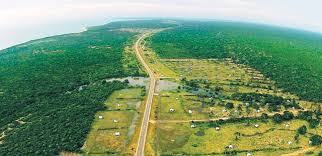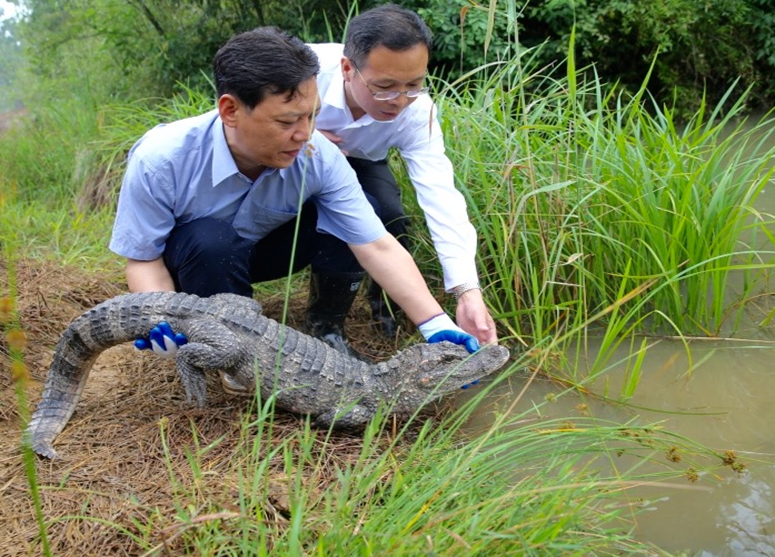Rajasthan madlyya Pradesh and Gujarat are all looking at potential sites were cheetah could be reintroduced. Given the precarious state of the cheetah population in Iran (thought to only be 50-60 animals) the reintroductions would come from Africa.
Continue reading “The possibility of reintroducing Cheetah to India is once again being looked at”Bears do have close encounters with people, however sensible behaviour makes this interesting for both
The bears in France are often talked about like a problem child. However in actual fact that is not what they are like at all.
Bears are omnivores, and as such while they spend much of their time eating berries or roots they are capable of scary bursts of speed. Bears have been filmed running in excess of 35 mph, which means that even at his top speed a bear could catch up with Usain Bolt. More to the point, while better suited to sprints, bears can keep up an impressive speed for a significant distance – certainly further than a human could. This means, that while for much of the year they are herbivores, they are highly intelligent opportunistic hunters, and therefore cannot be relied upon to act in a certain way.
As with many other large mammals, they view children under 10 as essentially relatively harmless – meaning that small children should not be alone in bear country. Attacks on humans – even small children, are rare as with chimpanzees and wolves, however they are not unheard of.
Here is a video from a few years ago. A man had gone for a walk in the mountains with his son. where they encounter a bear at close range. Just remember that this mountain range is roughly 270 miles long and 80 miles wide (at its widest) covering over 7000 square miles (just a bit smaller than wales) and within this mountain range there are 43 bears. These all fall within 5000 square km (just under 2000 square miles) but this means that bears are rare and being shy generally stay out of site. Furthermore, bears are most active between dusk and dawn so seeing one in the middle of the day is rare.
Continue reading “Bears do have close encounters with people, however sensible behaviour makes this interesting for both”A forest is replanted after minister is found to have illegally cleared it
This story is extremely encouraging. Around the world, large plantation companies often encourage small holders to clear the land and then buy it from them.

The idea that this behaviour of getting other people to clear the land is permissible is insane. I personally would like countries to punish illegal clearance by always requiring full reforestation at the cost of the guilty party – this would likely end the scourge of illegal deforestation (then we must start working on so called legal deforestation)
Continue reading “A forest is replanted after minister is found to have illegally cleared it”The Chinese alligator – critically endangered in the wild yet with tens of thousands captive members
These animals were covered during the BBC wild China series a few years ago, and as such a relatively poorly known but highly important animal which plays an important part of the ecosystem in this part of China has likely been saved – though there is still much work to do.

As with an awful lot of other wildlife found within the borders of China, the Chinese alligator is severely endangered. In the wild it’s population numbers around 150, at this population is highly fragmented and no habitat has a significant number of these animals.
Continue reading “The Chinese alligator – critically endangered in the wild yet with tens of thousands captive members”Perhaps one good thing come out of the epidemic-Chinese people are finally prepared to change behaviour towards wild animals
Unfortunately as the wealth of the Chinese middle class has grown, these several 100,000,000 extra people have wanted the traditional medicines that supposedly there ruling ancestors once enjoyed. The start of the epidemic that we are just starting to recover from, was caused by poaching of wild animals. It is likely that there are many more forms of bacteria and virus living deep in rainforests and other wildernesses around the world. Might the risk of a further outbreak, finally force the Chinese government to halt the insane poaching that its people have caused around the world?
In order to deliver these raw materials for so called chinese medicine (I say so called, as no scientific study has been able to show a link between any of these treatments and a change in human conditions) animals have to be hunted. These animals are protected, and so this demand drive poaching that can locally eliminate these animals from ecosystems.
Continue reading “Perhaps one good thing come out of the epidemic-Chinese people are finally prepared to change behaviour towards wild animals”Elephant counting from space
For the first time the population of elephants in addo elephant park in South Africa has been counted from space using computer learning.

The satellite images now taken are detailed enough to show each individual elephant has a separate grey blob. Then by using computer learning, a program can be taught to count these accurately.
Continue reading “Elephant counting from space”News in brief – Otters in Peru, Adelie Penguins and Spring in the Arctic
Peru has set up a national park of 868,000 hectares that will protect the areas many animals and native people. This is one of the remaining areas of untouched Amazon within Peru. A recent survey saw showed that this area had a good population of giant otters. This is particularly exciting because, Continue reading “News in brief – Otters in Peru, Adelie Penguins and Spring in the Arctic”
A second home for Asiatic Lions
The decline of the Asiatic lion occurred long before the decline of the African lion. Within the last 200 years lions were found across Asia into parts of eastern Europe. In ancient times they were even found in large parts of the Iberian peninsula, so from the furthest east of Asia to the furthest west of Europe.
Continue reading “A second home for Asiatic Lions”
New species of Orangutan
The Tapamuli Orangutan has recently been discovered. There are only thought to be 800 of these animals left and they are only found within the Batang Toru Forest of North Sumatra. It is thought that they have been a separate from the Borneon Orangutan for 674,000 years (despite living on Sumatra they appear to be more closely related to the Orangutans of Borneo than of Sumatra). As well as having such a tiny population they also live in an area of roughly 1000 square kilometres (386 square miles). This is the first great ape species to be discovered since 1929 when the Bonobo was discovered.
